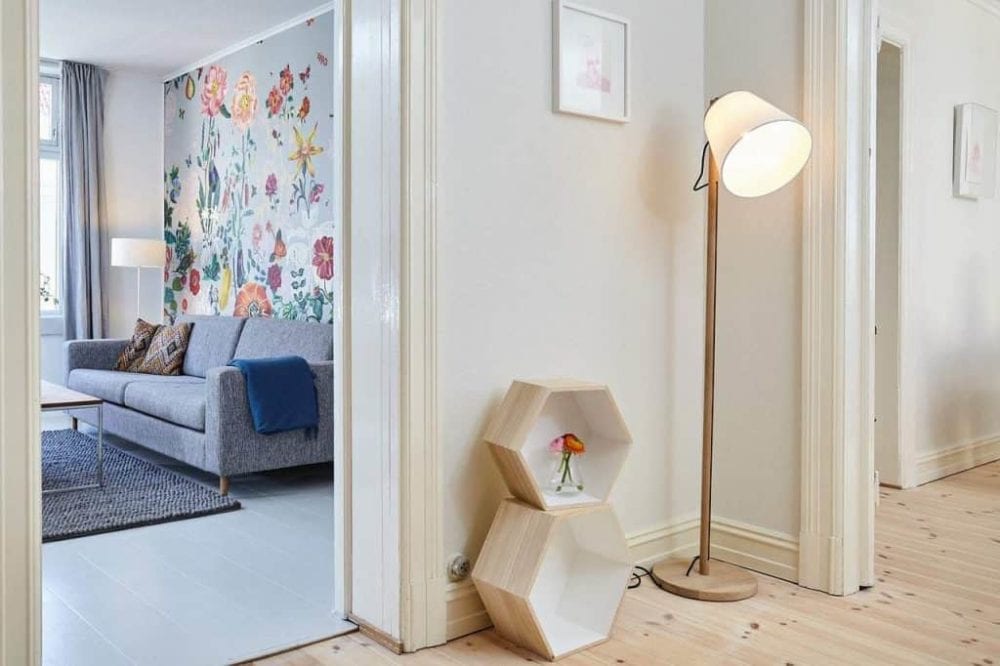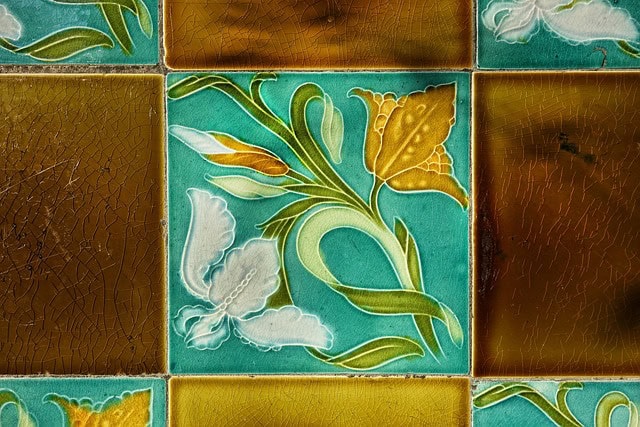
Best Tips For Painting Over Wall Tiles
Table of Contents
Painting over Wall tiles can be a cost-effective way to update your space without the hassle of removing and replacing tiles and can give a fresh look. Transforming a space can often feel like an overwhelming project, especially when it comes to tiles that seem stuck in the past. Whether you have inherited a dated bathroom from the ’80s or are simply tired of those once-trendy kitchen backsplashes, painted tiles offer an innovative, cost-effective, and surprisingly great solution. Listed below you will find best tips for successfully painting over wall tiles, turning your drab surfaces into stunning focal points.
Materials Required
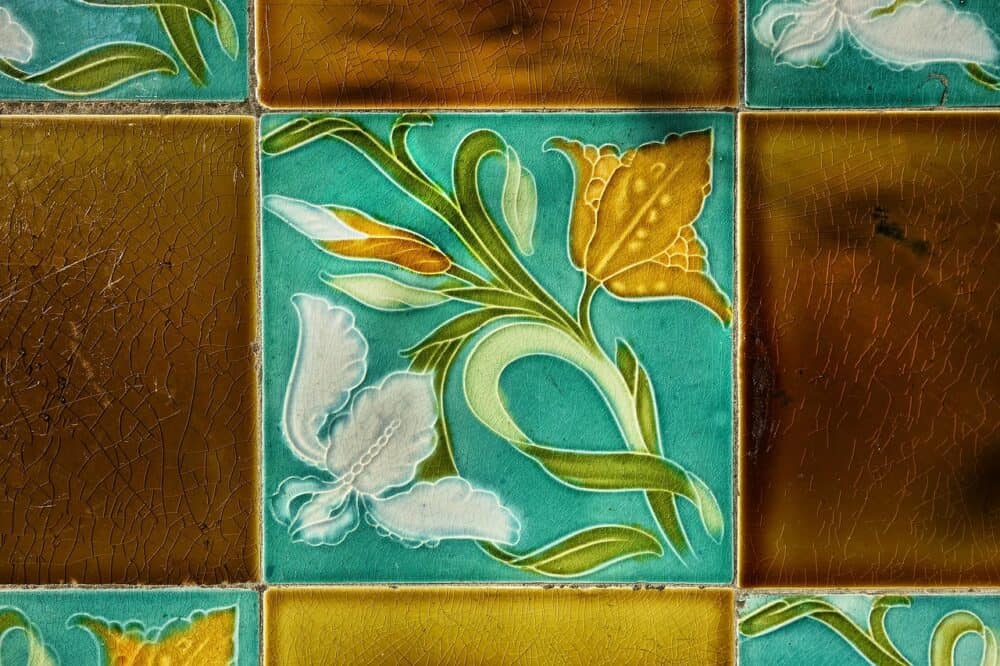
- Tile cleaner (preferably degreaser or sugar soap)
- Sponge or cloth
- Fine-grit sandpaper (120–220 grit)
- Painter’s tape
- Tile primer (preferably a bonding or epoxy primer)
- Tile paint (specialized for high-moisture areas, like epoxy or enamel paints)
- Foam roller or paintbrush (foam rollers provide a smoother finish)
- Sealant (optional for extra durability)
Step-by-Step Process
1. Clean the Tiles Thoroughly
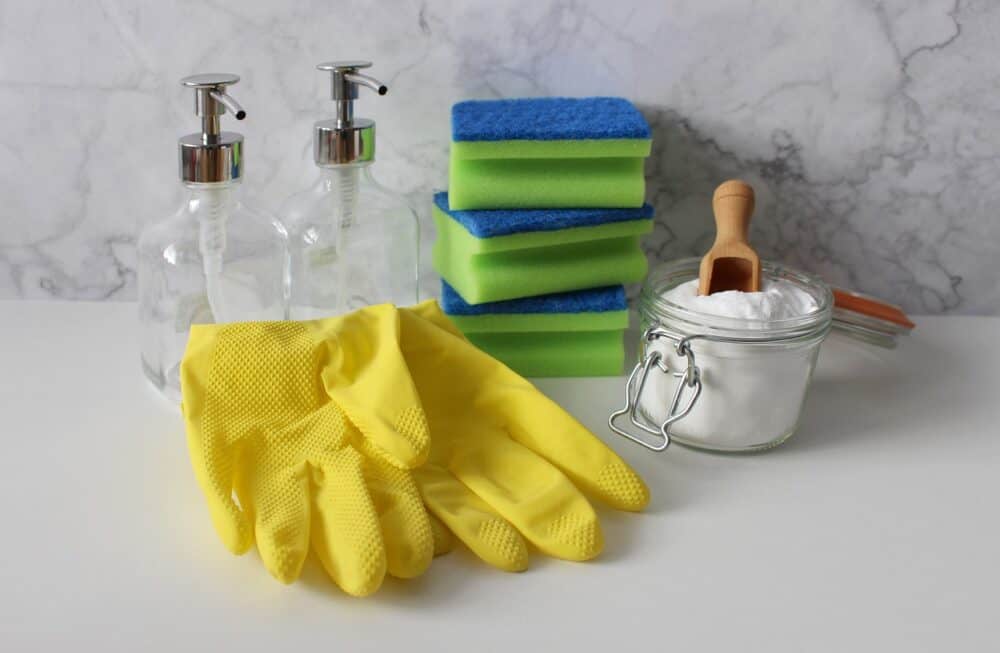
- Why: Bathroom and kitchen tiles can accumulate grease, grime, and soap scum over time. Prep work to clean the surface of the ceramic tile with warm water is essential to achieve a great finish and for the first coat of paint to adhere properly.
- How: Use a strong tile cleaner (sugar soap or a degreaser) to scrub the tiles. Pay special attention to grout lines and any areas with stubborn mold stains.
2. Sand the Tiles
- Why: Sanding the tiles helps create a rough surface and best results for the paint to stick to, especially if a high-gloss tile.
- How: Use fine-grit sandpaper (120–220 grit) and gently sand the entire tiled surface, including grout lines. After sanding, wipe down the dust with a damp cloth and let it dry.
3. Protect the Surrounding Areas
- Why: It is a good idea to protect the surrounding areas to avoid getting paint on countertops and cabinets.
- How: Use painter’s masking tape to seal off edges and any areas you don’t want painted.
4. Apply a Tile Primer
- Why: Primer ensures proper adhesion of the paint on the surface of the tiles and improves durability. Use a high-adhesion or bonding primer, or an epoxy-based primer.
- How: Using a foam roller for larger areas and a paint brush for grout lines, apply the adhesion primer evenly across the tiles. Let it dry according to the manufacturer’s instructions (usually 24 hours).
5. Paint the Tiles
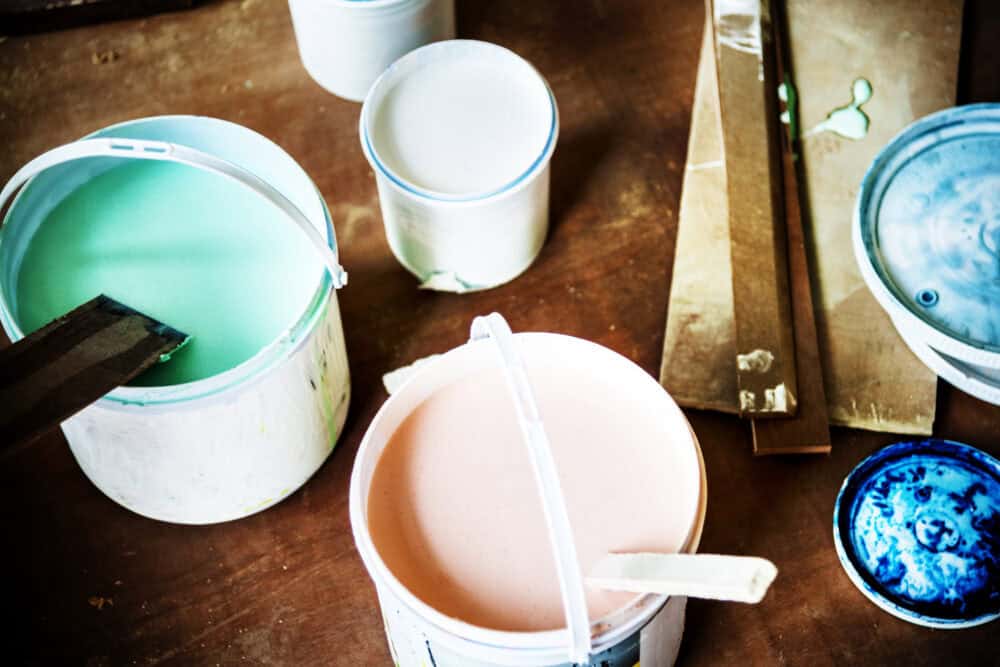
- Why: Use a paint specifically designed for tiles with wear or high-moisture areas. Epoxy or enamel paints are ideal as they are water-resistant and durable.
- How: Apply the paint using a foam roller for a smooth, even best finish. Use a paintbrush for detailed areas and grout lines. Top tips are to apply 2-3 thin coats, allowing each coat to dry fully before applying the next.
6. Optional: Apply a Sealant
- Why: A sealant adds extra protection to the painted surface, especially in areas exposed to a lot of water (like shower walls).
- How: Once the paint has fully cured, apply a top coat clear sealant over the surface. This will increase the longevity of the painted tile and provide a long-lasting finish..
7. Allow Proper Drying and Curing Time

- Why: The paint and sealant need time to fully harden before they can withstand water and general use.
- How: Follow the paint manufacturer’s recommendations for curing time. Typically, most kinds of paint need 24-48 hours to dry to the touch and up to 7 days to fully cure.
Extra Tips:
- Avoid High-Wear Areas: Small sections of painted tiles can wear over time, and small chips can appear especially on old tiles in very high traffic areas (like kitchen countertops or shower floors). These areas may require more frequent touch-ups or a higher-grade paint.
- Re-grout if necessary: If the grout is damaged, you may want to re-grout before painting to ensure the longevity and look of the final result. Alternatively, a Grout Pen can effectively brighten the finished results of a Tile project.
Conclusion
Painting over wall tiles is an easy way to transform your space without the need for costly renovations. The most important thing is to remember to follow manufacturer guidelines and allow adequate drying time for the best results. With the right approach and a little creativity, your tiled surfaces can be revitalized in next to no time and you in turn can enjoy a fresh new look.



